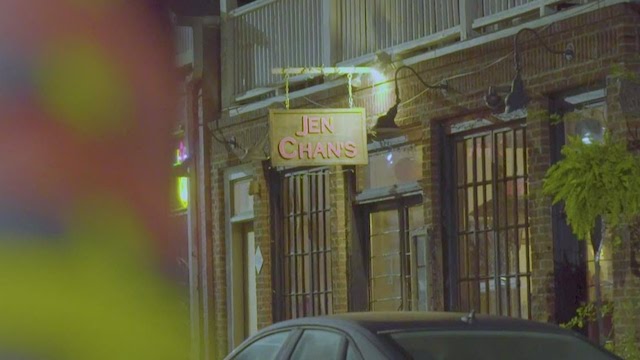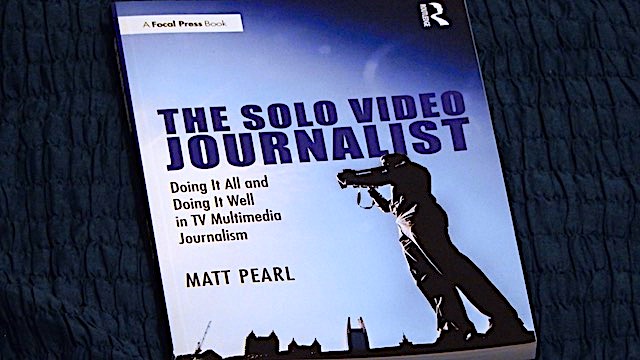We were all tested in 2020.
Every life was touched in some way by the COVID-19 pandemic, which remains a constant factor in our activities and decisions more than a year since it began. Video journalists faced a wave of limitations and restrictions as we attempted to stay safe while doing our jobs, in a year where our jobs felt more vital than ever.
I was reminded of this as I watched this year’s winners of the NPPA’s Best of Photojournalism awards for video photography and video editing.
Some were shot before the pandemic. Most were shot during. All reflected dedication to the craft of journalism and storytelling – with an extra dose of perseverance.
Here were five lessons I learned from five winning entries:
THE STORY: The Uprising, by Corinne Chin, Lauren Frohne, & Ramon Dompor (Seattle Times)
THE LESSON: Cover the macro and the micro.
After George Floyd was killed in late May, protests broke out across the country. So many visual journalists arrived on the scene and produced moving, powerful stories, often through the raw emotion on display. At a time of massive unrest and racial reckoning, these stories were essential in conveying the anger, heartbreak, and frustration of those in the middle.
I particularly appreciated those that found the big picture through the journeys of individuals.
That’s what this trio of Seattle Times photojournalists accomplish here. They cover the evolution of the protests in Seattle, from the days after Floyd’s death to the creation of the Capitol Hill Organized Protest (CHOP). But they deliver this narrative through the eyes of three protesters, each with distinct personal histories and outlooks, to show the micro in the midst of the macro.


